
Embarking on your digital art journey? This comprehensive guide provides ten essential steps for beginners to achieve digital art perfection.
Explore the fundamentals, from mastering sketching techniques to understanding editing power, with innovative tools and methods.
This article aims to enhance your skills, develop your unique style, and guide you towards showcasing your digital artistry to the world.
Start your artistic transformation today with this expert guide tailored to your needs.
Understanding the Basics of Digital Art
Grasping the fundamentals of digital art requires not only technical skill, but also a keen understanding of the abstract concept of creativity in the digital realm. Fundamental software selection is paramount to the success of any digital artist. Choosing the right tools can enhance one's creative abilities, providing an expansive canvas to execute innovative ideas. Exploring software options should be a thoughtful and deliberate process, as this choice will significantly influence the artist's workflow.
Pixel art basics, another vital component, introduce artists to the concept of creating images on a pixel level. This technique demands precision and a deep comprehension of how individual pixels contribute to the overall image. Mastering pixel art basics can empower artists to manipulate visual elements with enhanced control, fostering a refined artistic expression.
Selecting both the right software and hardware is an essential step in the journey of every aspiring digital artist, providing them with the necessary tools to bring their unique visions to life.
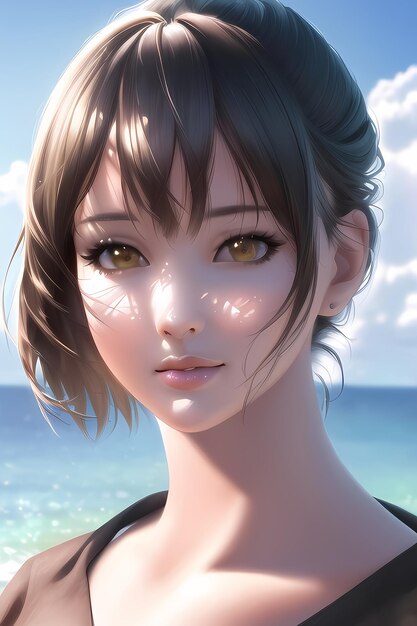
The process of software selection should be guided by your artistic goals and skill level. Programs like Adobe Photoshop or Illustrator are versatile and widely used, but they may be overwhelming for beginners. Free alternatives such as GIMP or Krita can be great starting points.
Budget considerations are important in hardware selection. While high-end graphics tablets offer superior precision and functionality, entry-level models can also serve beginners well.
Ultimately, the right digital art tools strike a balance between functionality, user-friendliness, and affordability.
Mastering the Art of Sketching Digitally
Moving towards mastery in the realm of digital sketching requires a sound understanding of the techniques and approaches that differentiate this art form from traditional sketching.
A crucial step is to familiarize oneself with Gesture Drawing Basics. This technique involves capturing the essence of a subject in the quickest and simplest way possible. It lays the foundation for a dynamic and fluid sketch.
Equally important is Anatomy Understanding. Knowing the structure of the human body, for instance, allows for more accurate and realistic sketches.
These skills, when combined with the use of innovative digital tools, can elevate your digital sketching capabilities.
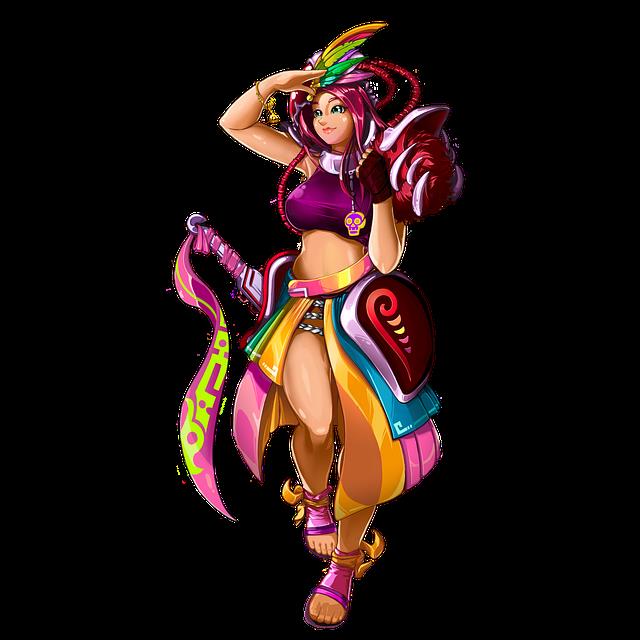
As you progress, continually refine these techniques to achieve perfection in the digital art realm.
Diving Into Digital Coloring Techniques
How, then, does a beginner artist navigate the expansive world of digital coloring techniques to enhance their artistry?
The answer lies in the strategic application of color theory and texture integration techniques.
- Color Theory Application:
Understanding Basic Principles: Start by comprehending the color wheel, which includes primary, secondary, and tertiary colors, and their interactions.
Implementing Color Schemes: Use monochromatic, analogous, complementary, or triadic color schemes to create harmony and contrast in your digital art.
- Texture Integration Techniques:
Layering Textures: Add depth and dimension to your artwork by layering textures.
Manipulating Texture Settings: Adjust texture settings such as opacity, blending mode, and scale to get the desired effect.
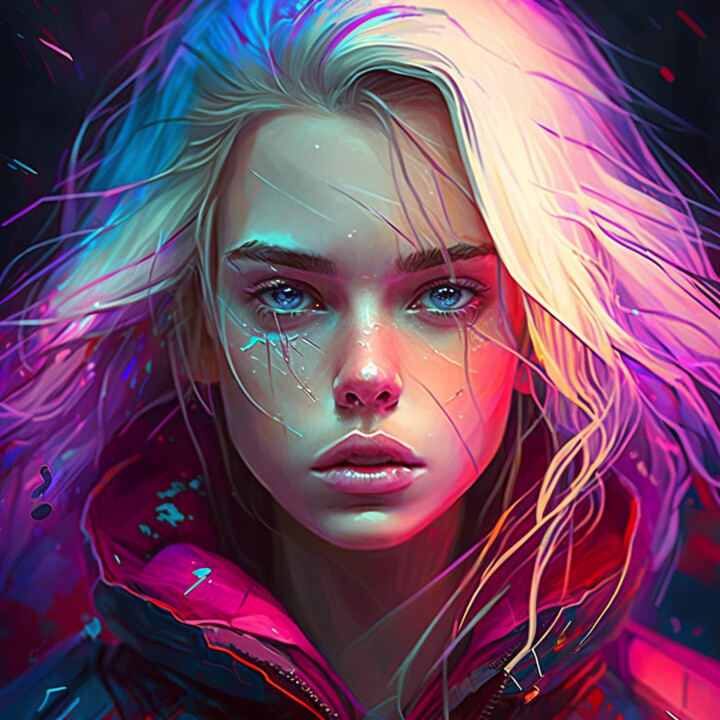
Exploring the World of Layers and Blending Modes
Diving into the labyrinth of digital art, the mastery of layers and blending modes, both vital tools in the artist's toolkit, can unlock a new dimension of creativity and precision in your work.
Layer Organization Strategies allow you to structure your piece, ensuring elements don't clash while maintaining the overall composition. It involves arranging layers in a logical order, grouping related layers, labeling for easy identification, and using layer visibility and transparency effectively.
On the other hand, Blending Mode Effects enable you to manipulate how layers interact with each other. They control how the color information of one layer blends with the layers beneath.
These tools, when used innovatively, can create stunning results, pushing the boundaries of your digital art capabilities.
The Importance of Light and Shadow in Digital Art
To truly bring out the depth and dimension in your digital artwork, it's essential to grasp and apply the concepts of light and shadow effectively. These fundamental elements, when used innovatively, can transform a flat image into a dynamic masterpiece.
- Understanding how lighting effects impact your work can significantly enhance your visual storytelling.
- Use light to establish mood, emphasize critical areas, and create volume and depth.
- Experiment with different lighting sources, intensities, and colors.
Mastering shadow manipulation techniques can add a layer of realism to your digital art.
- Shadows can define texture, shape, and distance.
- Experiment with shadow density, direction, and hardness to portray different times of day or lighting conditions.
Developing Your Unique Digital Art Style
Undeniably, developing a unique digital art style is a crucial step in your journey as an artist, and it brings an individual touch to your creations. It is a cocktail of your artistic influences and your own distinct taste.
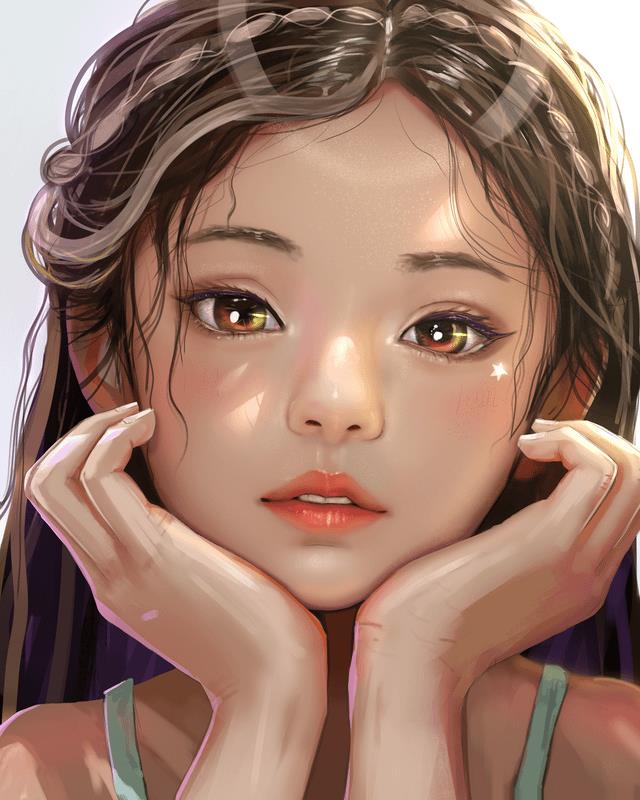
Artistic Inspiration Sources can be varied, from the grandeur of nature to the stark lines of architecture. Delving into different Digital Art Genres, like vector art, pixel art, or digital painting, can help expand your creative horizons.
Experimentation is key to discovering new techniques and refining your style. Remember, your digital art style is an evolving entity, shaped by your experiences and growth as an artist.
Embrace the journey, and you'll find that perfect balance that makes your digital art truly your own.
Understanding the Power of Digital Art Editing
The power of digital art editing cannot be understated. Particularly for beginners seeking to refine their artistic process. By comprehending the basics of this discipline, artists can significantly enhance their work. This, in turn, amplifies its overall impact.
As we progress, we will explore the benefits of such editing. We will also touch upon advanced techniques to further perfect the digital art creation process.
Digital Art Editing Basics
Mastering digital art editing tools unlocks a world of creative possibilities, enhancing the aesthetic appeal and professional quality of your work.
Embracing the power of digital art editing requires understanding two fundamental concepts: Filter usage and Resolution considerations.
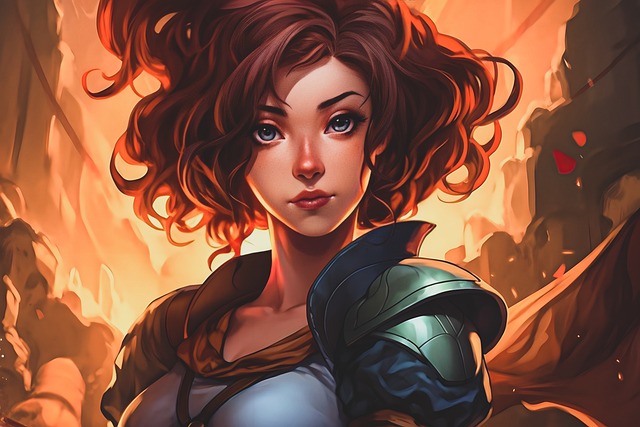
Filter Usage
Filters can dramatically alter artwork style, adding depth, texture, or unique effects. Utilizing filters effectively can help to create a distinct artistic signature.
Resolution Considerations
High-resolution images maintain their quality when enlarged, but require more storage. Conversely, lower resolution works are less resource-intensive, but can appear pixelated when scaled up.
Understanding these basics can significantly elevate your digital art, paving the way for more advanced techniques and innovation in your creations.
Benefits of Editing
Delving into the benefits of editing reveals the profound impact digital art editing can have on the enhancement of your work's aesthetic value. Reliable editing software options can provide the tools necessary to refine, polish, and elevate your work.
Furthermore, the creative power of post-production effects should not be underestimated. These tools allow for precision and flexibility, enabling artists to transform their digital canvas with a single click.
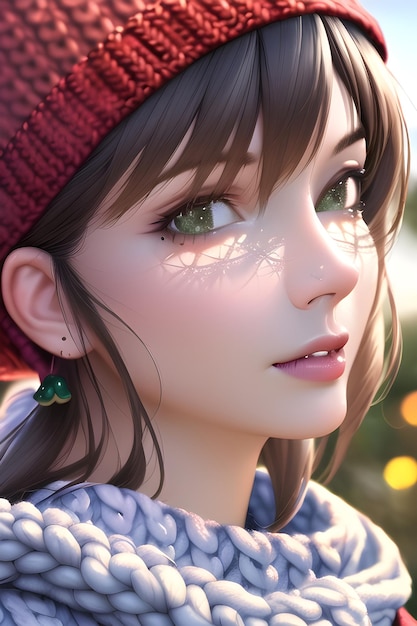
Additionally, editing software affords the opportunity for innovative experimentation. Through the manipulation of layers, filters, and effects, artists can explore new forms of visual expression.
Thus, understanding and harnessing the power of digital art editing can significantly amplify the aesthetic and conceptual quality of your work, pushing the boundaries of what is possible in the digital realm.
Advanced Editing Techniques
A significant number of advanced editing techniques are at the disposal of digital artists who aim to craft more intricate and visually striking pieces. These techniques can be broadly categorized into two innovative areas:
Texture manipulation:
This involves altering the surface characteristics of a piece to create a sense of depth, realism or abstraction. Techniques range from subtle tweaks to radical transformations, which can drastically alter the mood or thematic interpretation of a piece.
Filter experimentation:
This involves testing various filters to modify the look and feel of your artwork. Filters can enhance colors, create unique effects, or mimic traditional art styles, offering limitless possibilities for creative expression.
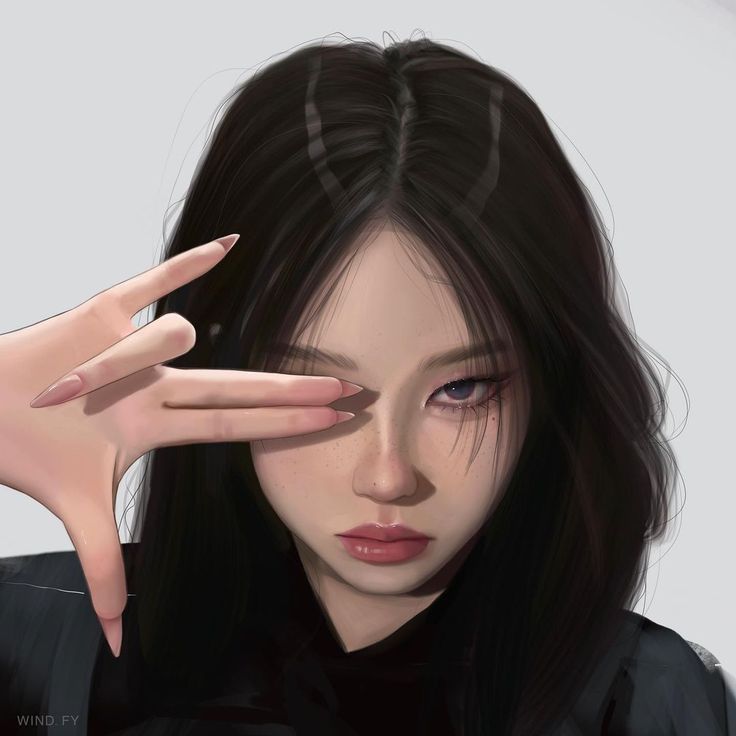
Mastering these techniques can open up new horizons for visual storytelling and artistic innovation.
Improving Your Digital Art Skills Through Practice
To elevate your digital artistry, consistent practice plays a pivotal role, and we'll explore why this daily dedication is crucial.
We will also discuss effective techniques to develop your skills, focusing on strategies that not only improve your execution but also your understanding of digital art.
Lastly, we'll illuminate how to learn from mistakes, turning perceived failures into opportunities for growth and advancement in your art journey.
Daily Art Practice Importance
Consistent daily practice plays an indispensable role in honing your digital art skills and propelling you towards mastery. It acts as an artistic motivation and creativity booster, facilitating continuous improvement and innovation.
The importance of daily art practice can be highlighted through the following aspects:
Development of Precision:
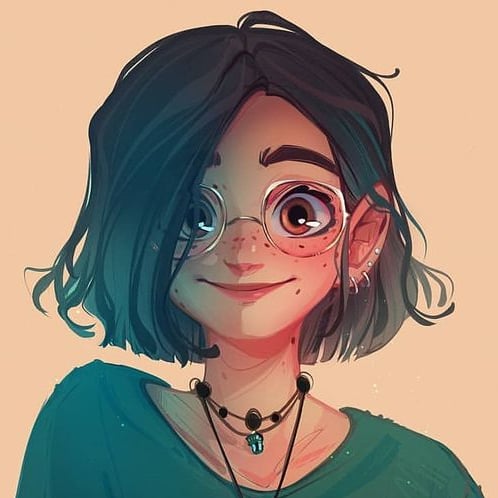
Regular practice helps to refine your digital art techniques and enhances your precision.
Muscle memory is developed, allowing you to execute complex designs with ease.
Enhancement of Creativity:
Constant engagement stimulates your imagination, giving birth to unique art concepts.
It breeds familiarity with the digital medium, paving the way for experimental art.
Thus, a disciplined practice routine is integral to achieving digital art perfection and fostering artistic growth.
Effective Skill Development Techniques
As you delve into the world of digital art, it is essential to not only practice regularly, but also to employ effective skill development techniques that will accelerate your learning and improve your art skills.
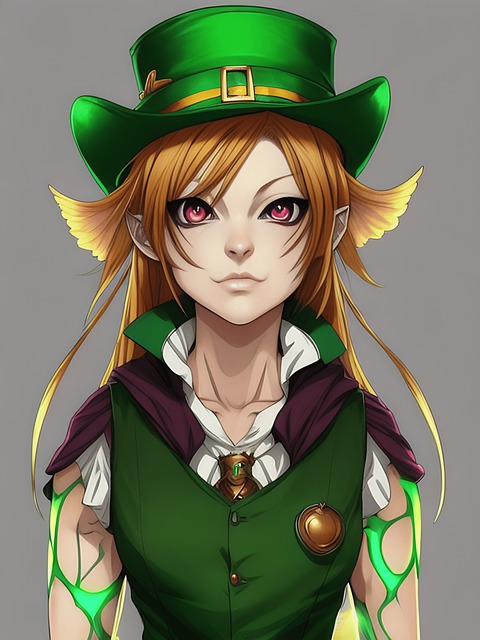
Engaging in Digital Media Exploration is a valuable method, where you can experiment with different tools, software, and techniques. This active engagement and experimentation will deepen your understanding and mastery of digital art.
Participating in Virtual Art Communities can also enhance your learning. These platforms provide a space for feedback, collaboration, and exposure to diverse styles and techniques. They also offer inspiration and motivation to continue honing your skills.
Learning From Art Errors
In the journey of mastering digital art, one must consider that every error, misstep, or failed attempt provides an invaluable opportunity to learn and refine your skills. By applying error rectification strategies and performing art failure analysis, you can turn mistakes into stepping stones towards digital art proficiency.
Consider the following:
Error rectification strategies:
Analyze the error: Identify what went wrong and why.
Correct the error: Apply your newfound understanding to rectify the mistake.
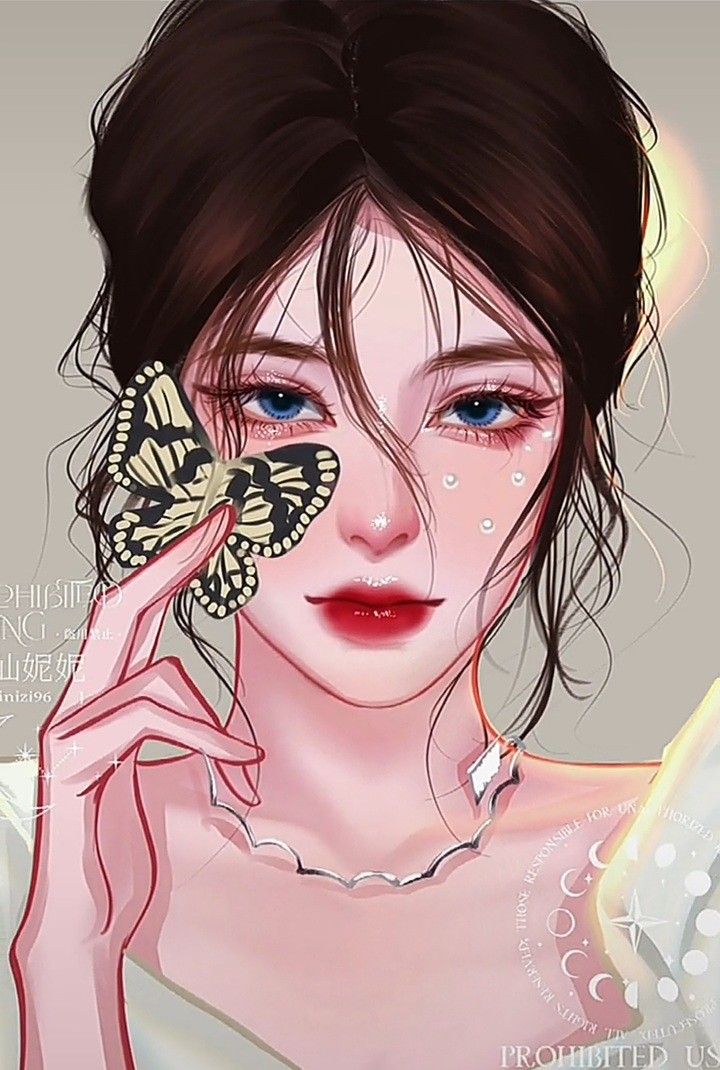
Art failure analysis:
Breakdown: Deconstruct your failed piece to understand the areas that need improvement.
Rebuild: Use the insights from your analysis to create a more refined piece.
Showcasing Your Digital Art to the World
After honing your skills and creating your digital masterpiece, showcasing your work to the world becomes the subsequent, pivotal step in your artistic journey. In the era of digital innovation, artistic networking and online portfolio management have become crucial.
Artistic networking allows you to connect with other artists and industry leaders, which can lead to collaborations and opportunities. Social media platforms are an excellent tool for this, offering a space to share your work and engage with the global art community.
Online portfolio management, on the other hand, involves curating and organizing your digital art in an accessible, attractive manner. Websites like Behance and ArtStation are popular choices for their user-friendly interfaces and large user bases. Remember, your portfolio is your professional face in the digital world.
Frequently Asked Questions
Several online platforms like DeviantArt, Behance, and Instagram offer robust features to display digital art. Comparing platform features can guide in building audience strategies, enabling innovative presentation and increased exposure for your artwork.
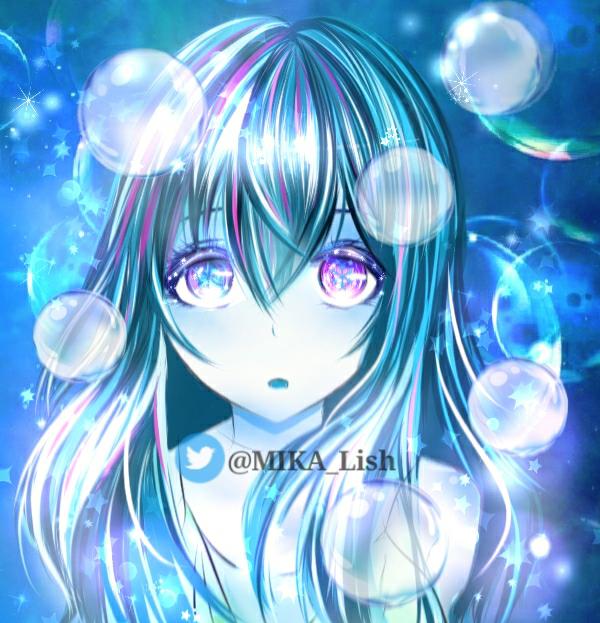
How Can I Protect My Digital Art From Copyright Infringement?"
To protect your digital art from copyright infringement, consider employing watermark usage and metadata embedding. These strategies deter unauthorized use by visibly or invisibly marking your work, thus asserting your legal rights as the creator.
What Are Some Exercises to Improve My Hand-Eye Coordination for Digital Art?"
To enhance your hand-eye coordination for digital art, practice sketching techniques regularly, such as contour drawing and hatching. Studying color theory can also improve your understanding of how colors interact, aiding in digital art creation.
Is There a Specific Degree I Should Pursue for a Career in Digital Art?"
For a career in digital art, degree relevance is paramount. A degree in Digital Art, Graphic Design, or related art specialization fields can equip you with the necessary skills and knowledge for this profession.
How Can I Monetize My Digital Art?"
Monetizing digital art can be achieved through various methods such as implementing effective art pricing strategies and exploring digital art licensing. Diversifying income streams such as selling prints or teaching can also be beneficial.
 Digital Art InstructionDIY Infographics DesignMobile Game ArtworkPersonalized Logo Design3D AnimationeBook Covers DesignPrivacy PolicyTerms And Conditions
Digital Art InstructionDIY Infographics DesignMobile Game ArtworkPersonalized Logo Design3D AnimationeBook Covers DesignPrivacy PolicyTerms And Conditions
